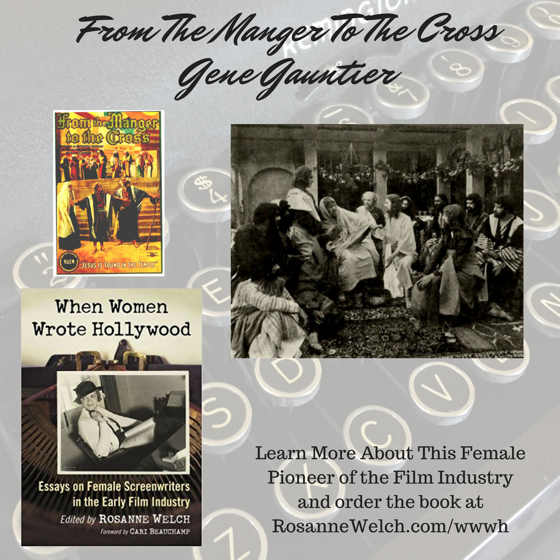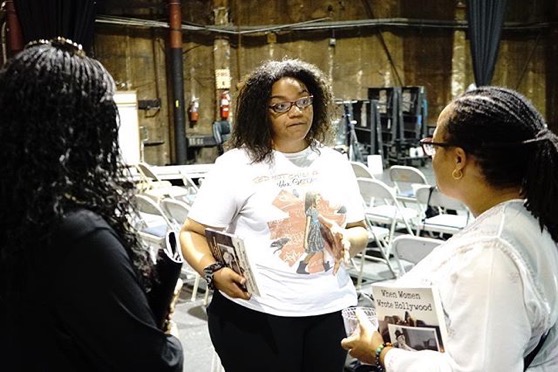Watch this entire presentation: Gender Diversity in the Who-niverse: Paving the Way for a Lady Doctor with Dr. Rosanne Welch [Video] (36:58)
For her 5th Doctor Who lecture to the CPP community, Dr. Rosanne Welch discusses how society – and the show’s writing staff – prepared the audience for a major change in this 50-year franchise – the creation of the first Lady Doctor!
Transcript:
But probably more important as a normal example to people is when she realizes that her affections would never be returned in the same way, rather than stay in a relationship that would always be depressing, she told him why she was leaving and she left. That is a huge strength and a huge thing to represent to young men and women in bad relationships. So that is pretty cool and not to mention the fact that she happened to be the first Englishman of African Descent — when I first wrote about her I wrote about her as an African-American until the English editor said “No. She lives in England” and I went “Oh yeah, so she can’t be an African-American. She’s an Englishman of African Descent that’s how they refer over there. She had to work with sometimes going into the past and dealing with the way people of African descent would have been treated in those earlier historic times and that was a much more difficult thing to do than some of the other companions of European descent. So she had a lot more strength than people gave her credit for. In my opinion.
Follow Dr. Welch on Twitter and Instagram
https://twitter.com/rosannewelch – http://instagram.com/drrosannewelch
Rosanne Welch, PhD
Rosanne Welch PhD teaches the History of Screenwriting and One-Hour Drama for the Stephens College MFA in Screenwriting.
Writing/producing credits include Beverly Hills 90210, Picket Fences, ABCNEWS: Nightline and Touched by an Angel. In 2016 she published the book Why The Monkees Matter: Teenagers, Television and American Pop; co-edited Women in American History: A Social, Political, and Cultural Encyclopedia; and placed “Transmitting Culture Transnationally Via the Characterization of Parents in Police Procedurals” in the New Review of Film and Television Studies. Essays appear in Torchwood Declassified: Investigating Mainstream Cult Television and Doctor Who and Race: An Anthology. Welch serves as Book Reviews editor for Journal of Screenwriting and on the Editorial Advisory Board for Written By magazine, the magazine of the Writers Guild.
Watch Dr. Welch’s talk “The Importance of Having a Female Voice in the Room” at the 2016 TEDxCPP.
Podcast: Play in new window | Download
Subscribe: RSS
![26 Martha Jones from Gender Diversity in the Who-niverse [Video] (1:01)](https://rosannewelch.com/wp-content/uploads/2018/08/gender-dw-26-martha.jpeg)
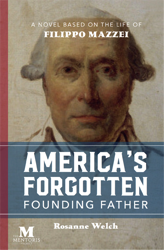
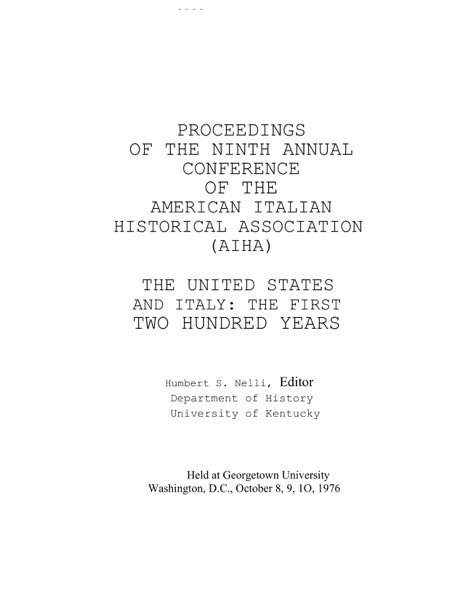
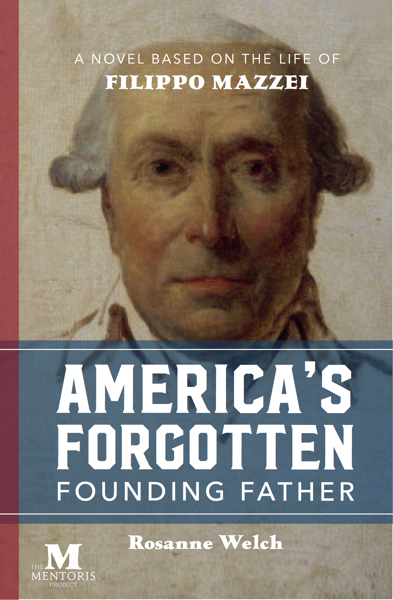















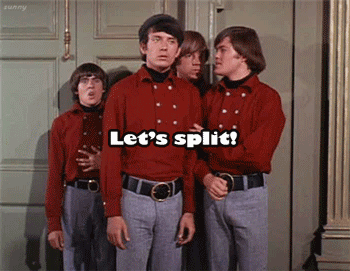


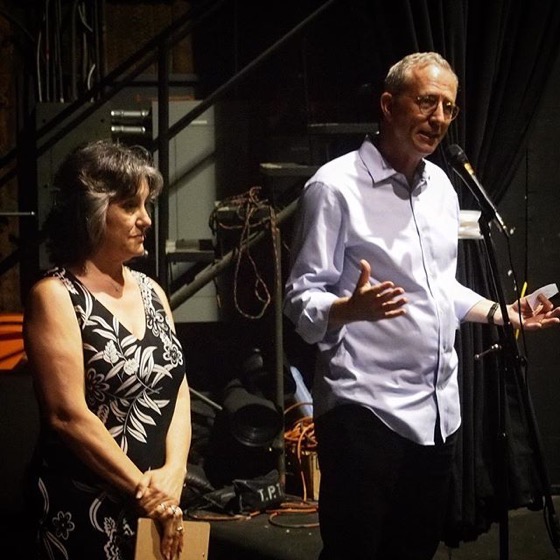
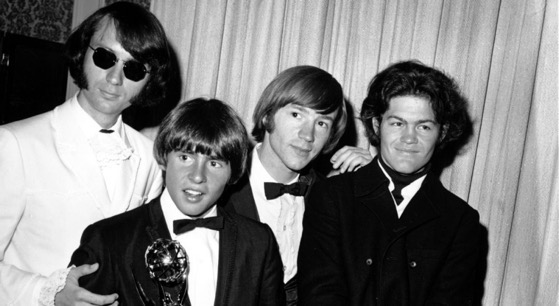

![14 Women With A Sense Of Duty from How The Monkees Changed Television [Video] (0:53)](https://rosannewelch.com/wp-content/uploads/2018/08/monkees-tv-14-women-duty.jpeg)

